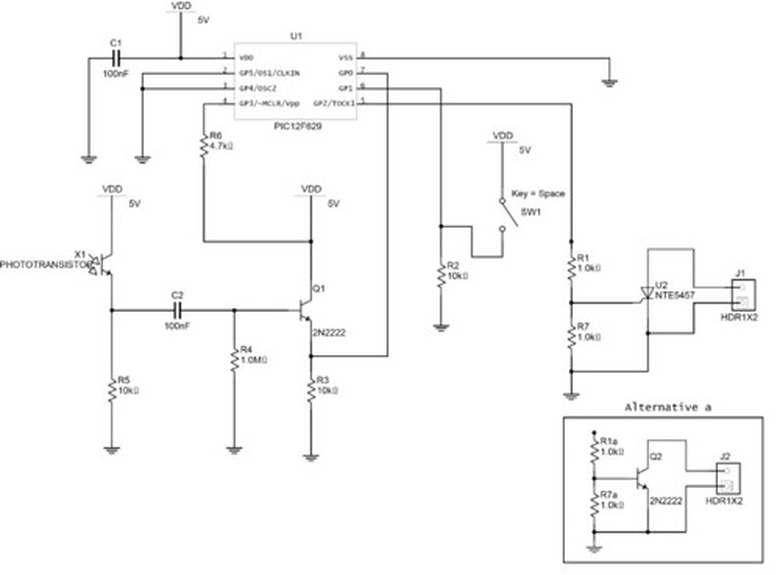Explain Electrical Ladder Diagrams
Ladder diagrams are used to depict electronic control circuits in a simple form. These schematic diagrams resemble a ladder with rails and rungs. Special symbols are used to show the different components depicted on the diagram.
2 Components
2 Components
Ladder diagrams usually display two different types of components: the power component and the control component.
Power Components
Power Components
A power component on the diagram might be a motor. Other power components are protective devices such as fused relays or circuit breakers.
Control Components
Control Components
The control rungs of the ladder show all the input and output devices that make the power components do their work. Control components include input devices which can either allow current flow or disrupt current flow and output devices.
Input devices
Input devices
Input devices include switches of various types. They control the current flow to output devices such as LED lights.
Impact
Impact
By simplifying the way circuit elements are depicted, ladder diagrams make it possible for technicians all over the world to understand exactly what a circuit schematic is showing. Standard symbols on ladder diagrams make the technician's work much easier.
Cite This Article
MLA
Daniels, Ronnie. "Explain Electrical Ladder Diagrams" sciencing.com, https://www.sciencing.com/explain-electrical-ladder-diagrams-5594426/. 24 April 2017.
APA
Daniels, Ronnie. (2017, April 24). Explain Electrical Ladder Diagrams. sciencing.com. Retrieved from https://www.sciencing.com/explain-electrical-ladder-diagrams-5594426/
Chicago
Daniels, Ronnie. Explain Electrical Ladder Diagrams last modified March 24, 2022. https://www.sciencing.com/explain-electrical-ladder-diagrams-5594426/
